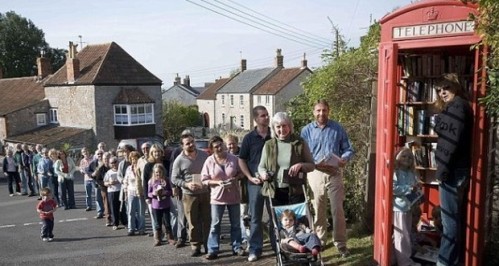Some intriguing statistics emerge in this Forbes article by Jeremy Greenfield. Despite the fact that some 75 percent of libraries now offer ebooks, only 12 percent of those who regularly read ebooks have borrowed an ebook from a library. Awareness seems to be the key factor. Even in cases where the libraries offer loans of ereaders (39 perecent of libraries), about 60 percent of the patrons don’t even realize their library has ebooks for loan.
As Greenfield explains, availability of titles is one problem, related to the purchasing models that apply to ebooks for library use:
Ebooks can’t be resold or borrowed from other libraries. In fact, depending on the selling publisher, they maybe have a limit to the number of times it can be loaned before the library has to buy it again (this is what HarperCollins, for instance, does). Or it might cost a lot more for a library to buy it than a consumer. Penguin Random House, for instance, charges higher prices for library’s to purchase ebooks than it does for consumers.
The situation is bound to change as publishers (and libraries) adapt to the ebook revolution, but until they do, the benefits of ebooks will be lost to most library patrons.
Lead image is a computer room in a Dresden library; image Creative Commons licensed by Conrad Nutschan.


